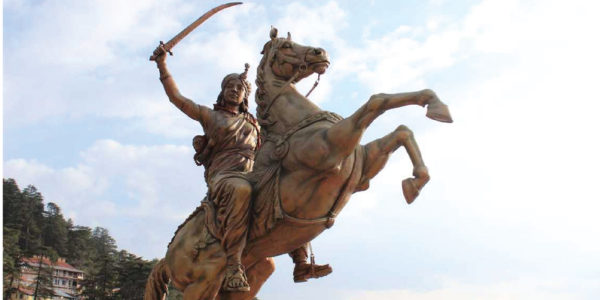Jhansi, known as the "Gateway to
Bundelkhand," boasts a rich historical
and cultural legacy. Its early history spans
several regions and dynasties, including
the Chedi Janapada, Jejakbhukti, and
Bundelkhand.
Originally inhabited by tribes like the Bhils, Kols, and Saheriyas, Jhansi became a stronghold of the
Chandela kings and was known as Balwant Nagar before losing prominence in the 11th century.
The city regained importance under Maratha rule, when Bundela King Chhatrasal gifted part of his
kingdom to Peshwa Bajirao I. Jhansi then came under the Newalkar dynasty. During Raja Bir Singh
Deo's reign in the 17th century, the iconic Jhansi Fort was built in 1613, marking the city as a strategic
stronghold.
Jhansi's modern history is closely linked to Rani Lakshmibai, the queen who heroically fought against
the British during the First War of Independence (1857–1858), cementing the city's legacy as a symbol
of resistance.

Rani Lakshmi Bai Park located in Jhansi, Uttar Pradesh is set in the foothills of Jhansi Fort and is interconnected to Maithili Sharan Gupta Park.
Read MoreNestled in the heart of Madhya Pradesh along the serene banks of the Betwa River, Orchha is a town of immense historical and cultural importance. Renowned for its tranquil ambiance and stunning architecture, Orchha attracts visitors from across the globe, offering an enchanting blend of luxury and natural beauty. Unlike bustling urban centres, Orchha exudes a calming aura, making it an ideal destination for leisure and rejuvenation.
By Air: The nearest airport is Gwalior, approximately 120 km away.
By Rail: Orchha is accessible via Jhansi Railway Station (16 km). Auto-rickshaws provide a scenic and enjoyable ride to Orchha from Jhansi.
By Road:
Orchha offers a unique blend of history, culture, and natural beauty, making it a must-visit destination for travelers seeking an escape from the ordinary.